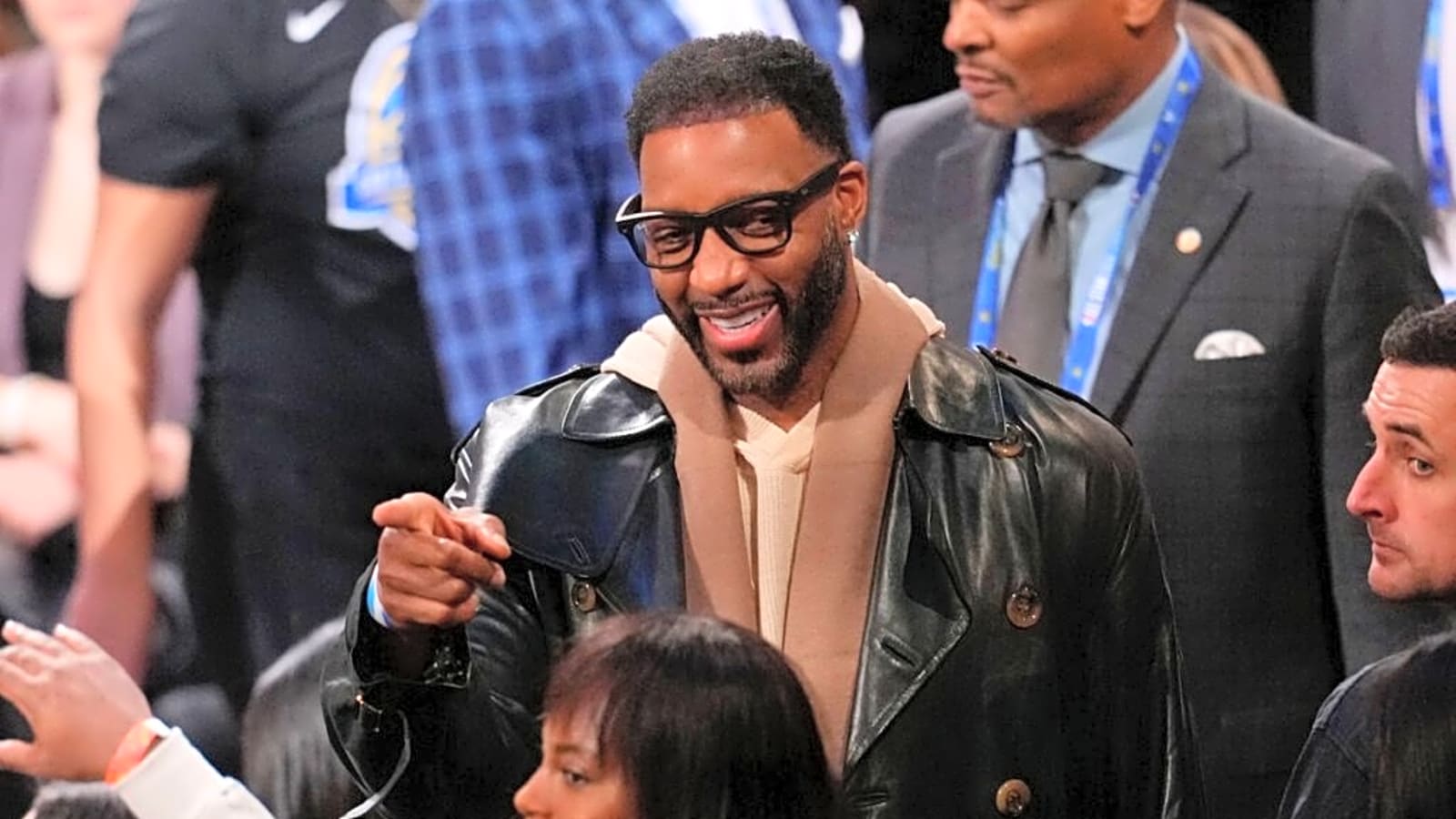
Load management in the NBA has drummed up a lot of controversy and conversation over the last decade. The league has seen a handful of superstar players sit out for long stretches or miss a game here and there on a weekly basis for years. One of the NBA’s most prestigious franchises in its history may have started it all. Former San Antonio Spurs coach Gregg Popovich would sit Tim Duncan, Manu Ginobili, or Tony Parker when there were no apparent injuries to identify. Over time, the term “load management” became more prevalent. Sitting players without significant injuries became a plague of its own. While most argue that load management is bad for the NBA, some argue the opposite. One of those supporters is Tracy McGrady. Recently, he commented on load management as it related to his career.
NBA Legend Tracy McGrady Sees Upside in Load Management
Tracy McGrady gets real about how load management could have extended his NBA career
Load management has consistently been part of the conversation season after season, given the time missed by prominent players. The two most notable players who have fallen victim are Kawhi Leonard and Joel Embiid. Of course, what Leonard and Embiid have in common is that both suffer from significant lower-body problems. They have dealt with chronic knee problems for several years. Now, to be fair to both players, load management has made sense for them. The nature of their seemingly consistent ailments is real. Nevertheless, the criticism has never truly stopped hitting Leonard or Embiid. Furthermore, it has reached the front office of their respective teams all the more.
Whether load management is used for injury-prone players in hopes that resting them throughout the season will benefit them come playoff time, or whether it is for legitimate injury reasons, there’s no chance that a final, collective conclusion will be reached within NBA circles or outside. That being said, on the back of Michael Jordan‘s recent stance on the matter during a conversation on NBC with Mike Tirico, McGrady, a veteran of 15 seasons in the NBA, recently weighed in and showed support for load management from a personal, career-related perspective.
“You had guys playing 82 games and going deep into the playoffs and doing that…then there was that example that was set for us.” McGrady said. “I understand both sides of it because I tried to play every game, but then looking back at my career, and now that load management is in place, do I wish I had? Yes! Absolutely, because I wanted to be playing longer in my prime…I didn’t get that many years in my prime.”
McGrady’s career could have extended with load management
Unfortunately for McGrady, the toll his injuries took on his body throughout his career ended his NBA journey much sooner than he wanted. Of course, there is never any guarantee that rest leads to injury-free basketball. Torn ACLs can happen in the blink of an eye and are hard to prevent. Damian Lillard, Jayson Tatum or Tyrese Haliburton, who are current examples of it. Some injuries can be prevented by how a player takes care of his body, how they work out, etc. McGrady could have still suffered an injury whether he load-managed or not. Still, his point is well within reason and should be considered.
For an aging NBA veteran who has struggled with injuries, non-injury-related rest could be within the confines of acceptability. What really ruffles feathers of fans who pay hundreds to thousands of dollars to see someone play is when a perfectly healthy star or superstar is sitting out for no particular reason.
McGrady is an example of an NBA star whose career was cut short by injuries. Suppose load management had existed in the early 2000s; who knows how resting here and there could have helped him? It’s hard to foresee the issue of load management ceasing to become a hot topic in the coming years. Regardless, it is a topic that has a valuable impact on today’s NBA, whether for good or for bad.
More must-reads:
- Mavericks' Anthony Davis out at least two games with injury
- NBA making significant change with officiating
- The 'Most 2,000-point NBA seasons' quiz
Breaking News
Trending News
Customize Your Newsletter
 +
+
Get the latest news and rumors, customized to your favorite sports and teams. Emailed daily. Always free!








